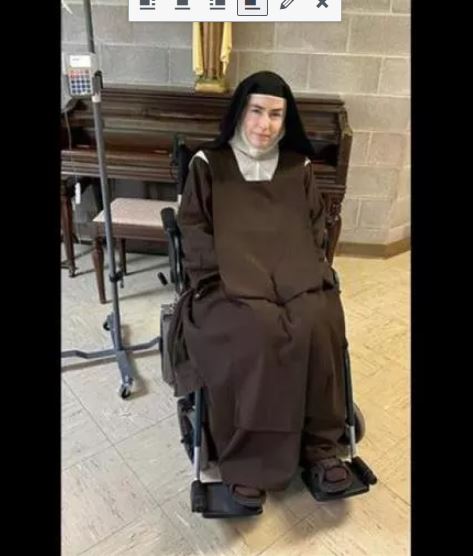You’re a Millennial If …
May 1, 2018Fr. Mike Schmitz: 3 Steps to Quit Gossiping (Video)
May 1, 2018
(Getty Images)
By Francis Phillips, Catholic Herald, Monday, 30 Apr 2018
‘Abortion Matters’ is for anyone who is open to a proper and honest debate
Some national anniversaries have to be simply remembered rather than celebrated. The 50th anniversary of the coming into effect of the Abortion Act of 1967 is one of these. No-one who has any grasp of the unhappy consequences of the Act – millions of tiny babies aborted, the hidden grief of untold numbers of women, the degradation of medical practitioners – will feel anything but sombre at the remembrance. Yet it remains important to know the facts in order to continue the fight to save lives, to mitigate the effects of the Act – and ultimately to rescind it.
This is why Abortion Matters, edited by Anthony McCarthy of the SPUC and published by Philos Educational Publications, is important to read. The British Medical Association would like to see abortion decriminalised; universities are under pressure to ban pro-life groups; there is a strong current of opinion that wants to “normalise” it. The book does not judge women who have had abortions (many of whom regret what they have done and join the pro-life cause); its aim is to lay out every aspect of what goes on, from describing what happens at conception, to explaining how abortions are carried out and providing the statistics needed to uphold the pro-life arguments.
It would have been useful to have an index and to know the names of the individual contributors. Nonetheless, the book should be read by anyone who is open to a proper and honest debate on this highly sensitive subject. Topics include the question of pain suffered by the foetus; why practitioners go to great lengths to stop mothers from seeing their babies’ remains; and how campaigners for abortion deliberately misled the public about the actual numbers of “back-street” abortions.
In 1962, 14,600 women received hospital treatment for (then illegal) abortions. Yet in 1966 David Steel MP, who was working on a bill to legalise abortion, thought the figure was “probably somewhere between 40,000 and 200,000 per annum.” In the US the number of women dying from illegal abortions was 200-250 per annum. Yet as Dr Bernard Nathanson, a leading abortionist who later made a spectacular conversion to the pro-life cause, commented, “The figure we constantly fed to the media was 10,000. Those false figures took root in the consciousness of Americans” – as indeed similar lies did in the UK.
The book tells us that approximately nine million babies have been aborted in England and Wales since the Abortion Act of 1967. More than one third of these are repeat abortions. Over 80 per cent are for unmarried mothers. Gender-selective abortions – in practice the killing of pre-born baby girls – which is widely practised in India and China, is also covertly practised in the UK.
The book also shows how the abortion industry (and it is big-business) goes to enormous efforts to conceal what actually happens, in its disingenuous use of terms such as “the removal of pregnancy tissue”, “the product of conception”, “a clump of cells” and so on. It is noteworthy that two notorious abortion providers, Dr Bernard Nathanson, who personally supervised thousands of abortions, and Abby Johnson, who was a clinic director for Planned Parenthood in the US, both had a change of heart after watching an abortion on ultrasound, a technique developed in the 1970s. If support for abortion involves a wilful refusal to “see” what is actually going on, on the part of its advocates, the modern science of ultrasound shows the stark reality: tiny pre-born infants desperately trying to avoid the instruments of death assembled to kill them.
Easily the most affecting part of this book is the last chapter, in which an American doctor relates what happened as he was performing an abortion at 16-17 weeks. He had already “pulled off both legs of this small human being”, before removing the rest of the body; he was “moving [it] to the tray for disposal when a slight movement caught my eye. I looked at this tiny chest and saw it moving up and down. Life was outside that woman’s womb, even just for a few seconds.”
Filled with remorse he realised he had “violently removed this child’s legs while she was still alive…She felt it. I was the last person to hold her alive, yet I was the person who ended her life. In that moment, I was thankful that she didn’t have the ability to open her eyes. I wouldn’t have wanted my face to be the first one she would have seen.”
What more needs to be said?







